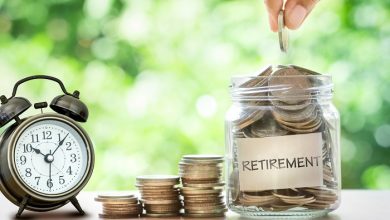WHAT SHOULD YOU BE INVESTED IN YOUR 40S?

Most financially aware investors begin their investment journey in our 20s, hopefully, right from their first pay cheque. However, it takes an ample amount of time to reach the stage where you might develop financial maturity. In a sense, you have a disciplined approach towards your investment and understand the importance of saving and financial planning. This is also the time when you clearly understand how to manage your income, expenses, and savings.
By the time you reach your 40s, you don’t only have a family to cater to (your children, and perhaps your dependent partner) but also elderly parents who are now in the circle of being taken care of. Hence, it is important to invest in the right investment options to realise your financial goals. Needless to say, you might be having a lot of financial burden on you, here’s when your investments can come to your rescue and share that load. Read on to know what are the best type of investments that you should be invested in your 40s.
Growth assets
Growth assets are those types of investments that aid investors in generating wealth as the value of their original investments increase. The power of compounding can play a huge role in increasing this value over time and generating wealth for investors. Some common examples include equity and equity-related securities and real estate. These investment options are excellent choices to cater to your long-term financial goals of 10 years or more. Examples of long-term financial goals can be building a corpus for your child’s higher education or marriage., creating a retirement kitty for yourself, etc. These assets also help to beat the inflation in the long run. Make sure that these investment options are a significant part of your portfolio.
Emergency fund
Having a contingency fund in place can be a lifesaver during unforeseen circumstances such as a demise of a family member, medical emergencies, home repair, loss of job, etc. It acts as a financial safety net during such circumstances. You should have at least three to six months of your living expenses set aside for your emergency funds. You can consider allotting a part of your emergency fund to savings account and the rest to investment options with high liquidity such as money market instruments or liquid funds.
Go for more
If you have some amount left over after investing for all of your financial goals, be it short-term or long-term and have an emergency fund in place, then you might consider opting for alternative investment options that can boost the returns on your investment portfolio. This will help you to reach your financial goals quicker and might even help you to retire early.
However, you must be mindful that investment options that offer premium returns are often accompanied by substantial level of risk. So, you must not invest in any instruments beyond your risk appetite. In fact, your investment options must align with not only your risk profile, but also investment duration and financial objectives. Happy investing!





